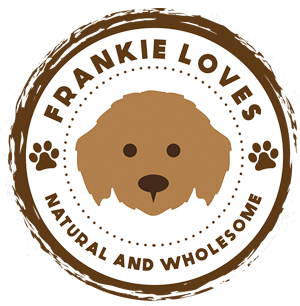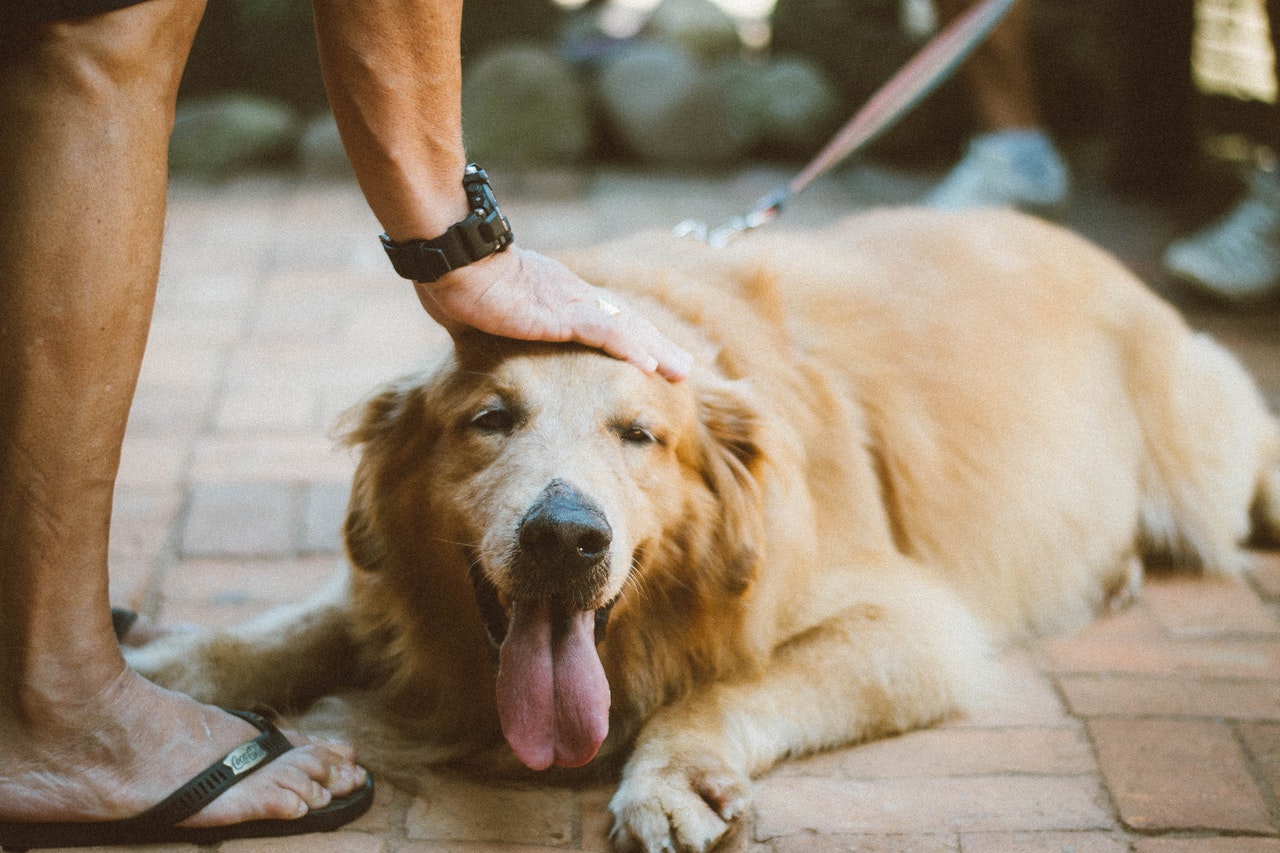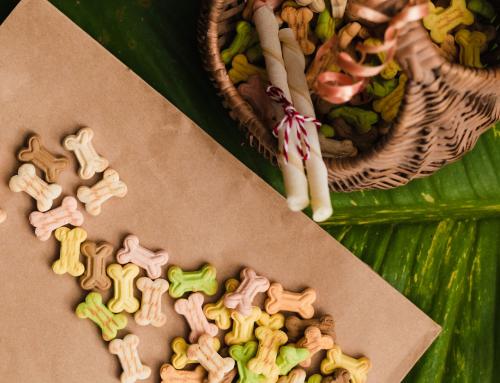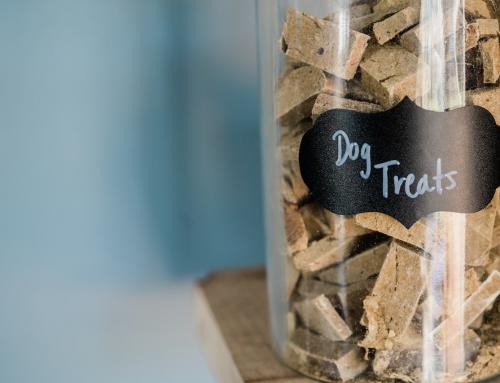Chocolate is toxic to dogs because of its high theobromine content. Theobromine is a nervous system stimulant that irritates the dog’s central nervous system. Dogs are sensitive to theobromine because their livers cannot process it well. The amount of theobromine in chocolate is enough to cause a dog’s body to go into cardiac arrest and respiratory failure.
The toxicity level for chocolate will vary depending on the type of chocolate a dog has consumed. The amount of chocolate that is toxic and the severity of the dog’s reaction will depend on the type of chocolate and the size and weight of the dog.
In this article, we’ll go into detail about the effects of chocolate on dogs and what you can do for treating them. Read on below to get started.
Understanding Chocolate Toxicity for Dogs
In general, chocolate that’s 70% cocoa powder or higher is toxic to all dogs. Moderate toxicity levels are associated with baking chocolate, unsweetened chocolate, semi-sweet chocolate and white chocolate. High toxicity levels are associated with milk chocolate, candy containing chocolate and cocoa and chocolate flavoured products.
What Happens If a Dog Eats Chocolate
When dogs eat chocolate, they may experience gastrointestinal irritation, diarrhea and vomiting. Like humans, dogs metabolise theobromine and caffeine differently than other species.
Smaller dogs are more likely to experience mild symptoms of chocolate toxicity, while larger dogs are more likely to suffer from severe symptoms of chocolate toxicity.
Some symptoms that your dog may experience after eating chocolate include:
- Diarrhea
- Excessive thirst
- Hyperactivity
- Increased urination
- Muscle tremors
- Vomiting
- Restlessness
- Seizures
If your dog ate a small amount of chocolate, you might only see mild gastrointestinal irritation. In the worst-case scenario, chocolate can cause more severe effects, such as organ failure, severe dehydration and even death.
Things to Do If Your Dog Eats Chocolate
Chocolate can be life-threatening to dogs, so if you suspect that your dog has eaten chocolate, take the following steps:
- If your dog ate chocolate, collect the remaining pieces of chocolate that may have been consumed.
- Do not induce vomiting unless you have been instructed to do so by your veterinarian.
- Immediately contact your veterinarian and bring them with you to the veterinarian’s office.
Treating Chocolate Toxicity
If your dog has been diagnosed with chocolate toxicity, your vet will closely monitor your dog’s heart rhythm via heart monitor. The vet may also administer activated charcoal to help remove the theobromine from your dog’s body. This medication will give the dog’s liver a chance to clear out the toxic compound.
If a dog has consumed a large amount of chocolate, IV fluids may be administered. The vet may also use fluids to restore the normal pH level of the dog’s body and treat seizures and low blood pressure.
Preventing Chocolate Ingestion
The most effective way to prevent your dog from eating chocolate is to make a routine practice of keeping all chocolate out of your dog’s reach. Several canine-safe chocolate products are available that are made just for dogs, such as chocolate-flavoured dog biscuits. They are a safe alternative to actual chocolate, so you don’t have to worry about anything if you give it to your dog.
Conclusion
Chocolate ingestion can be dangerous for your dog, but it is treatable. If your dog does eat chocolate, it’s important to be aware of the signs and symptoms that you may see. Your vet can help you to determine if your dog has eaten enough chocolate to be at risk for toxicity.
If you’re looking for healthy dog treats in Australia, Frankie Loves Barkery is the one for you! We offer a wide range of selections, such as dog-safe chocolates, baked goodies, cakes, and even beverages. Simply go to our website and take your pick!
Disclaimer: The information above is generalised and readers are advised to see a vet if their dogs have issues.




